Native shrubs are an important part of the Pond C Biofiltration and Habitat Project since they are both beautiful and create excellent wildlife habitat.
Dense patches of California rose bloom all summer with sweet-smelling pink flowers that develop into bright red rose hips in the fall. The flowers contain pollen and nectar for bees and butterflies, while the hips are eaten by coyotes and raccoons. Their dense, prickly stems help protect small animals (such as cottontail rabbits) from predators and off-leash dogs.
Other shrubs also provide resources for wildlife: the evergreen toyon features bright red berries that nourish birds all winter, while the western redbud bursts with brilliant magenta flowers visited in the spring by numerous pollinators.
Thirty different types of native shrubs were planted at Pond C and many of them will also do well in residential landscaping in Dixon. Check out the plant signs near the front entrance area which identify native species that you can plant in your own yard to help wildlife thrive.
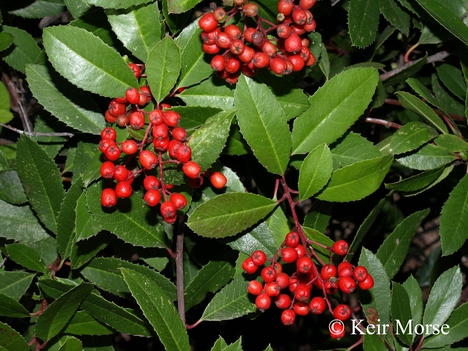 | 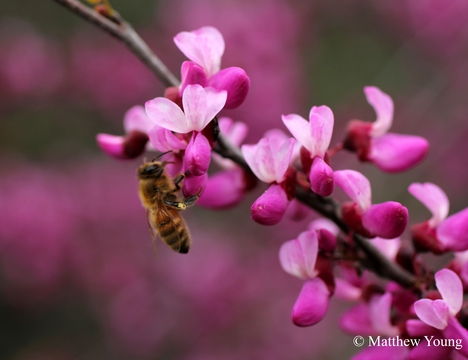 | 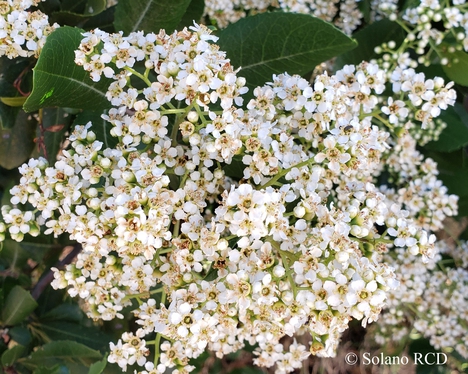 |
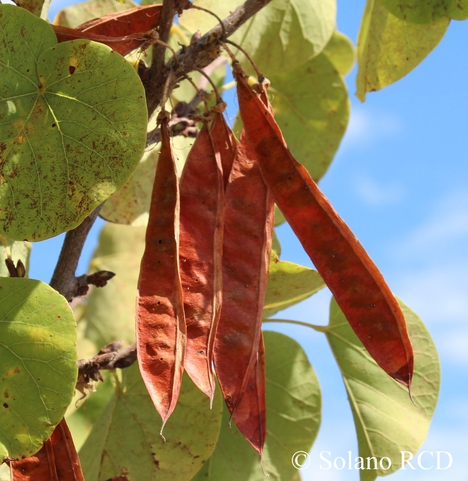 | 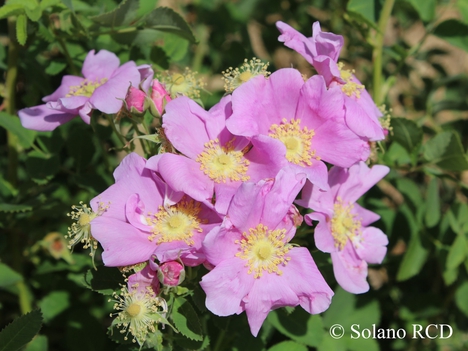 | 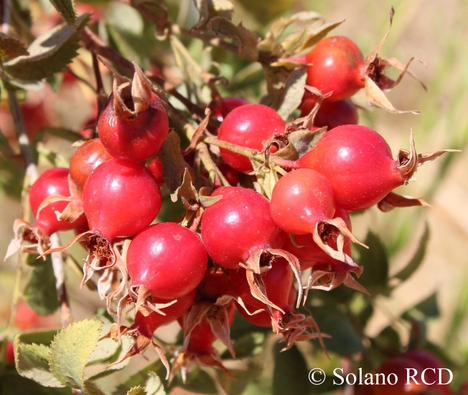 |

